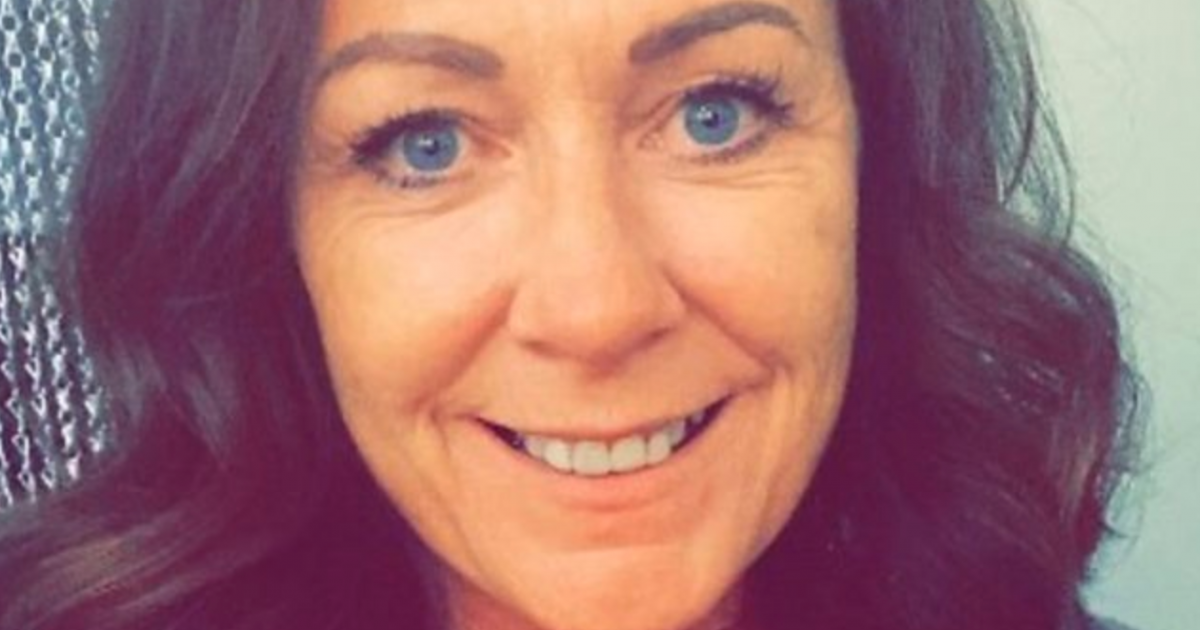Heeding Some Good Advice
- Mom Jo Rowley, 51, from Stevenage, north of London was fortunate to find her leukemia early, as the blood cancer can often be more difficult to diagnose. And she has her family to thank after “nagging” her to go to the doctor.
- When doctors couldn’t get a hold of her after performing blood work, one showed up at her door. It was chronic myeloid leukemia, a rare type of blood cancer.
- Jo, like most people, knew nothing about leukemia before she was diagnosed, and wants people to know the common symptoms to look out for with the disease: bleeding and bruising, fatigue, frequent infections, night sweats, fever, shortness of breath, and/or bone and joint pain. Don’t postpone going to the doctor if you have any of these symptoms.
Luckily, she had a “nagging” mother and husband who urged her to go in after she experienced some strange symptoms.
Read MoreIn the meantime, Jo and her husband attended a wedding.
“We had a lovely evening but left around 10pm because I felt so tired,” Jo recalled. “Looking back now, I had been tired for about a good month or so, but put it down to my busy lifestyle.”

The hospital had been calling her all day, but it was one of Jo’s old numbers they had on file. The next day, her doorbell rang. It was an on-call doctor trying to locate her to discuss her blood work.
“He asked how long I had felt poorly for, and I remember saying ‘I'm not poorly.'” she said. “He said the blood test showed my white blood cells were at 194, which meant nothing to me.”
She asked what the range should be normally, and he replied, “between four and 11.”
Jo immediately felt scared. The doctor then mentioned leukemia.
Handling Fear When You Get the Diagnosis
“Hearing those words took the wind out of me and I heard my two children, then 15 and 23 years old, recoil in horror outside the lounge door.”
She described her thoughts going to a dark place and thinking of her boys growing up without her. “My mind was a blur, everyone was in tears.”
The information crash coursethat nearly all cancer patients can relate tobegan the very next day. Jo’s medical team determined the specific type of the disease she had: chronic myeloid leukaemia (CML).
Understanding Chronic Myeloid Leukemia CML
“There was lots of information he shared with me and the options that were available to me,” Jo shared. “I had CML, yes, but I hadn't been given a death sentence and that is what I held on to that day and still hold onto today, five years on.”
She went through the standard chemotherapy treatment for her condition and has been on a daily pill since to “keep the cancer at bay.”
“I truly feel lucky,” the blood cancer activist said. “Yes, I get tired and I get a lot of bone pain, but I am positive, and I really think that helps me every day. There are many people in a far worse situation to me. I am not in remission, but always hopeful.”
Learning About Leukemia
Jo, like most people, knew nothing about leukemia before she was diagnosed, and wants people to know the common symptoms to look out for with the disease: bleeding and bruising, fatigue, frequent infections, night sweats, fever, shortness of breath, and/or bone and joint pain.
What is a Blood Cancer How is it Different?
When someone has CML like Jo, a genetic change takes place in immature versions of myeloid cells, which create red blood cells, platelets, and most types of white blood cells. This change forms an abnormal gene called BCR-ABL, which turns into a CML cell. These cells then build up in the bone marrow and spill over into the blood. They can eventually spread to other parts of the body.
“Raising awareness could save lives,” Jo says, “so please be leukaemia and blood cancer aware, share the signs and symptoms with everyone you know. You never know, you might just save someone.”
Learn more about SurvivorNet's rigorous medical review process.


